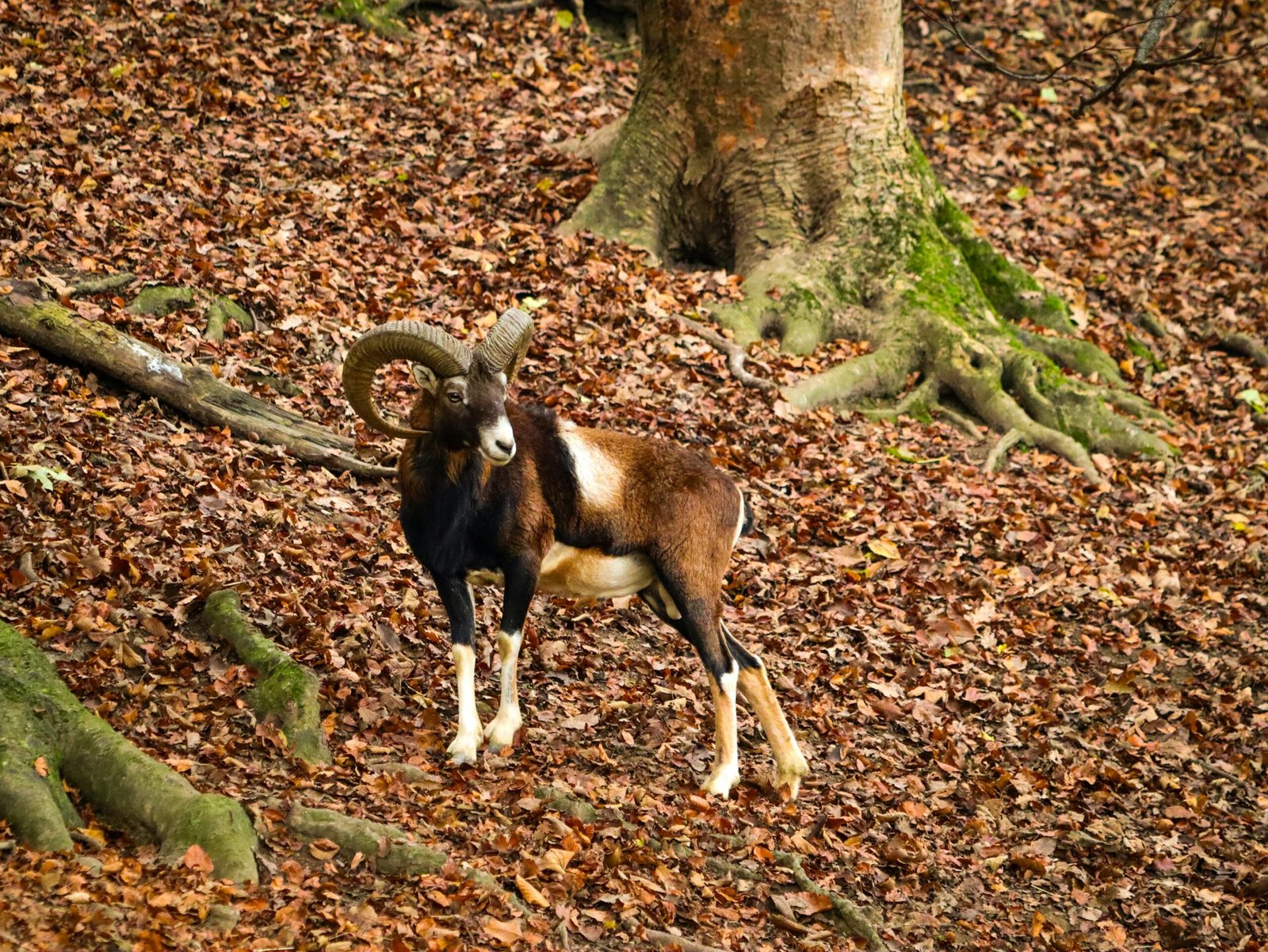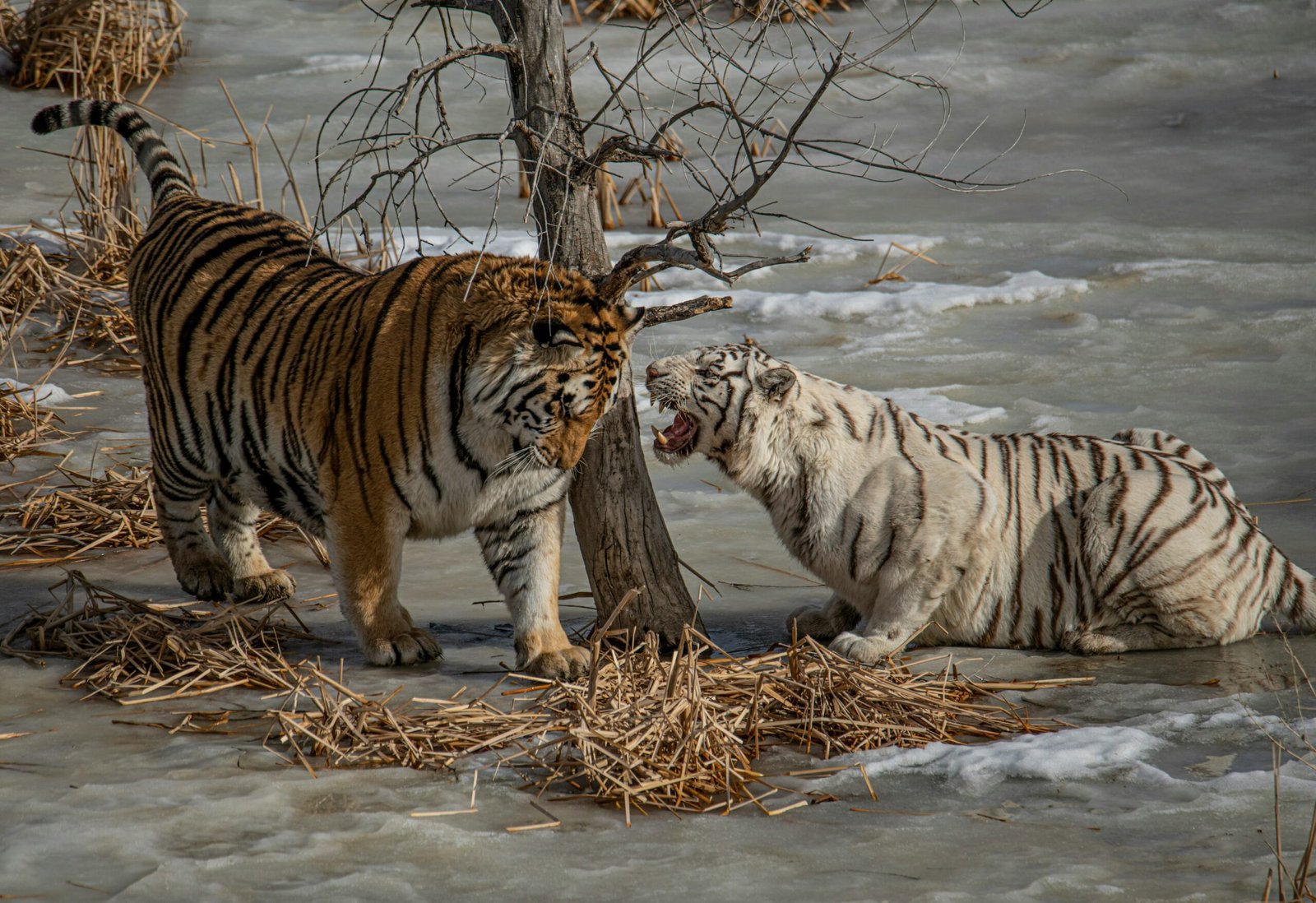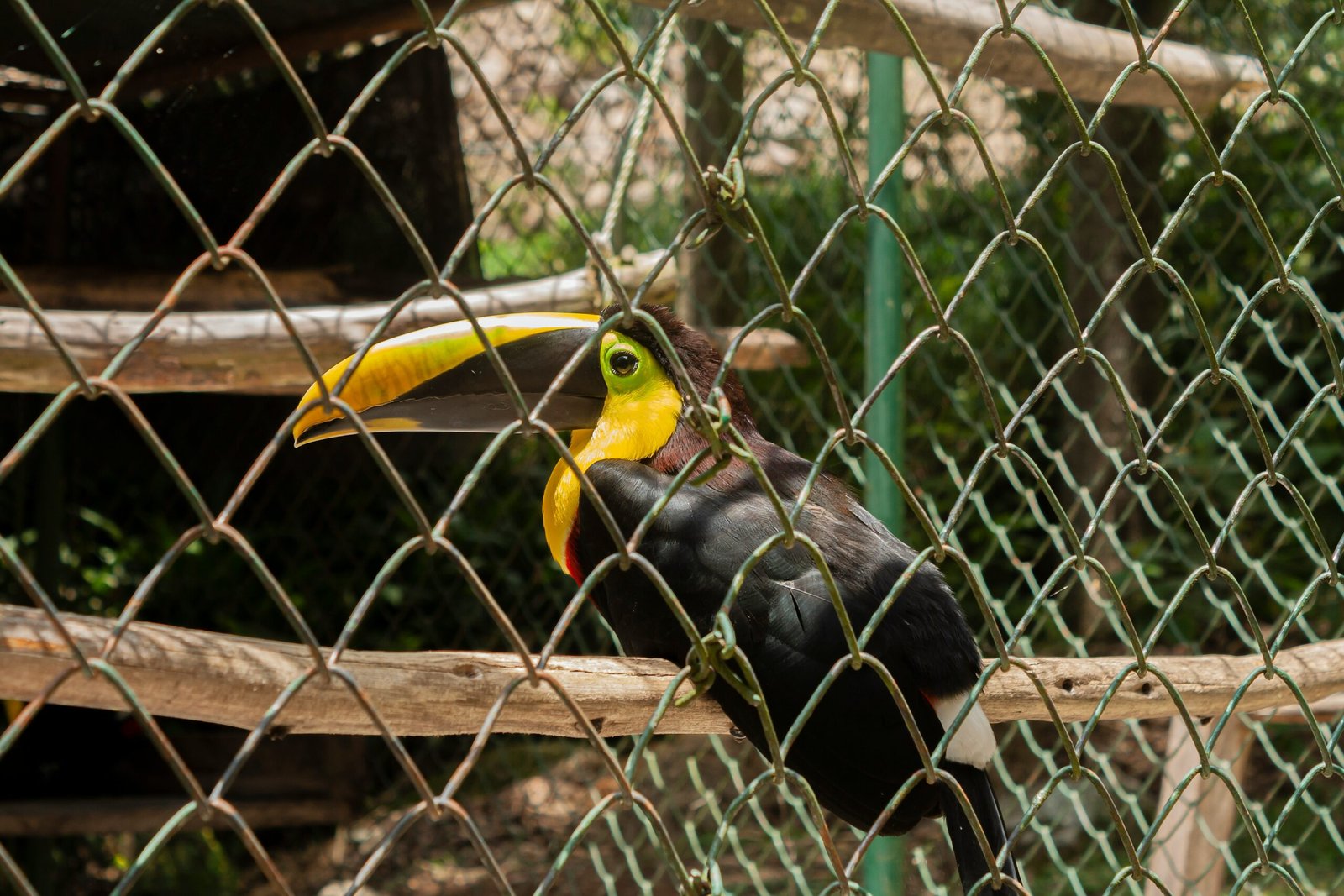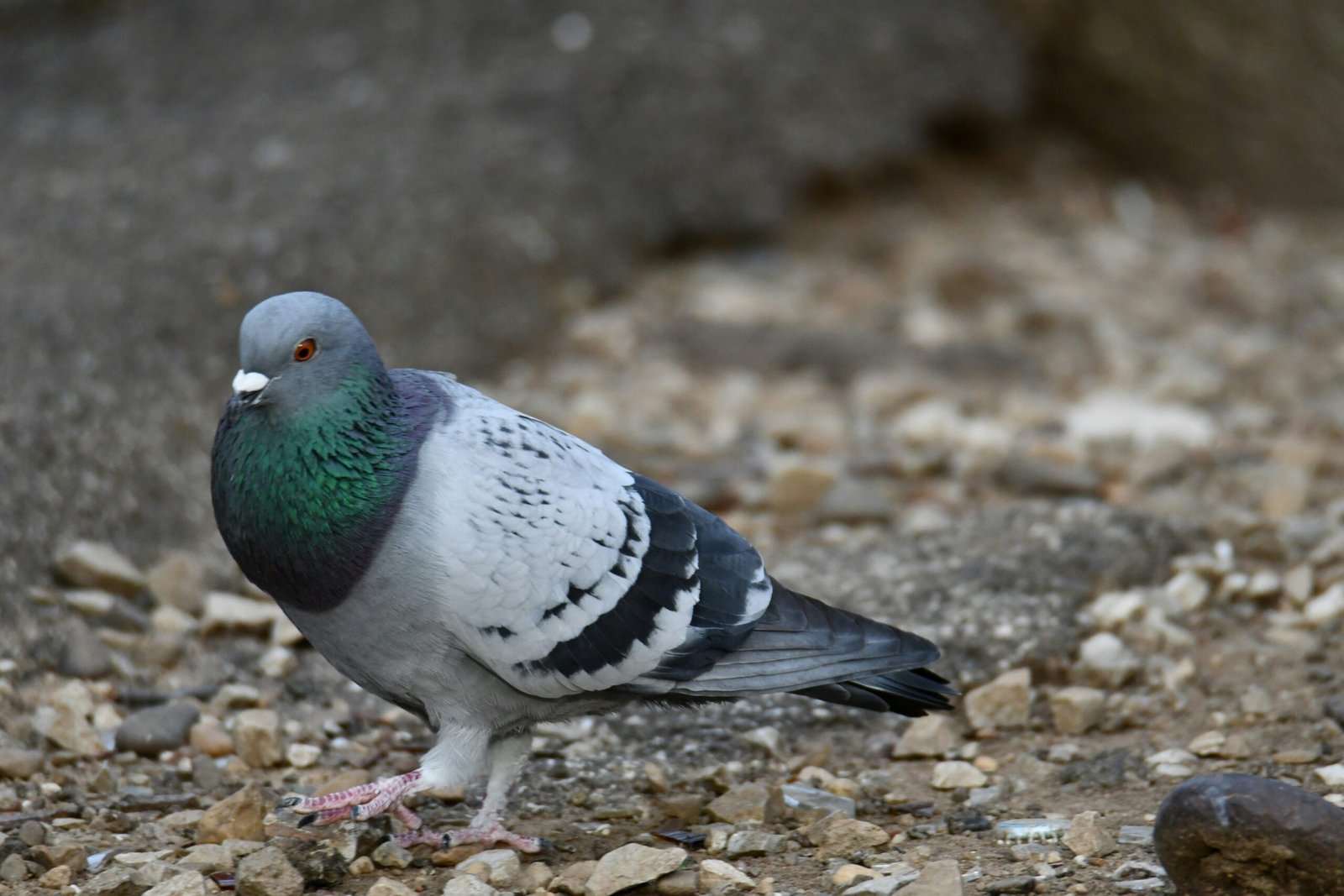Introduction to the Pyrenean Ibex
The Pyrenean Ibex, with its majestic horns and rugged beauty, once roamed the steep slopes of the Pyrenees mountains. This remarkable creature was an emblem of resilience in a harsh environment. However, despite its strength and adaptability, it faced an unfortunate fate that serves as a cautionary tale for wildlife conservation today.
As we delve into the story of the Pyrenean Ibex, we’ll explore not only its habitat and distribution but also uncover the factors that led to its decline. The journey through time reveals both triumphs and tragedies, highlighting our responsibility toward endangered species. Join us as we unravel the rise and fall of this iconic animal whose legacy still echoes in conversations about conservation efforts worldwide.
Habitat and Distribution of the Species
The Pyrenean ibex thrived in the rugged terrains of the Pyrenees mountains, spanning across northern Spain and southern France. This magnificent creature preferred steep cliffs and rocky slopes, where it could navigate with agility.
It flourished in habitats characterized by mixed forests and alpine meadows. These areas provided ample food sources like grasses, shrubs, and herbs essential for its diet.
Historically, populations were concentrated around specific valleys that offered both shelter from predators and a safe breeding ground.
As environmental changes occurred over time, their distribution became more fragmented. The loss of suitable habitat due to human activities further exacerbated the situation, putting immense pressure on their survival.
Understanding these unique traits is crucial to grasping why this species was so vulnerable in the face of change. Their specialized needs made them particularly sensitive to shifts within their environment.
Factors Leading to the Decline of the Pyrenean Ibex
The decline of the Pyrenean Ibex can be attributed to a combination of factors. Habitat loss played a significant role. With increasing human encroachment, their natural environment was fragmented and diminished.
Hunting also severely impacted their population. Overhunting in the late 19th and early 20th centuries drastically reduced numbers. The demand for trophies led to unsustainable practices that left little room for recovery.
Additionally, climate change affected food availability and habitat conditions. As temperatures rose, vegetation patterns shifted, making survival more difficult for this mountain-dwelling species.
Disease further compounded these challenges. Infectious diseases spread among small populations weakened genetic diversity and resilience.
Together, these elements created a perfect storm that pushed the Pyrenean Ibex toward its tragic fate. Each factor intertwined with others, illustrating how vulnerable ecosystems can rapidly unravel when faced with multiple threats at once.
Attempts at Conservation and Reintroduction of the Species
Conservation efforts for the Pyrenean ibex began earnestly after its population dwindled alarmingly. Researchers and environmentalists rallied to save this majestic goat from oblivion. They focused on habitat preservation, recognizing that restoring natural environments was crucial.
In the late 1990s, an ambitious reintroduction plan emerged. Scientists aimed to bring back this iconic species through advanced techniques like cloning. One notable attempt involved using DNA from a preserved specimen to create a genetically engineered ibex.
Despite these groundbreaking initiatives, challenges persisted. The delicate balance of ecosystems needed careful consideration during reintroduction efforts. Moreover, public awareness and support played vital roles in sustaining momentum behind conservation programs.
While the tragedy of extinction loomed large over the Pyrenean ibex story, these attempts sparked discussions about biodiversity loss and wildlife management strategies. The lessons learned would guide future conservation endeavors across various species facing similar threats.
The Tragic Extinction of the Pyrenean Ibex in 2000
The Pyrenean ibex, a majestic creature of the mountains, faced an inevitable fate. In 2000, it was declared extinct, marking a grim chapter in wildlife history.
Once roaming the rugged slopes of the Pyrenees, this species struggled against relentless pressures. Habitat loss and hunting drastically reduced their numbers over decades.
Efforts to protect them came too late. The last known individual passed away in captivity. Its death symbolized not just the end of a species but also humanity’s failure to safeguard its natural heritage.
Though attempts were made for conservation, they fell short against overwhelming odds. The tragic story serves as a harsh reminder that extinction is often irreversible and can happen quickly when we fail to act decisively.
Today, memories linger through photographs and tales told by those who encountered these remarkable animals in their prime. Their absence leaves behind an echo of what once thrived amidst the breathtaking landscapes of the Pyrenees.
Lessons Learned from the Loss of this Species
The extinction of the Pyrenean ibex serves as a poignant reminder of our responsibility toward wildlife conservation. It highlights the intricate balance ecosystems require to thrive.
Human impact, whether through habitat destruction or hunting, plays a significant role in species decline. The loss of this majestic animal underscores how fragile these relationships can be.
Moreover, it emphasizes the need for proactive measures rather than reactive ones. Conservation efforts must prioritize preserving natural habitats and fostering biodiversity before it’s too late.
Public engagement is also vital. Awareness campaigns can galvanize communities to take action and support preservation initiatives.
Scientific research into breeding techniques and genetic diversity becomes essential when faced with such losses. Each lesson learned from the Pyrenean ibex adds depth to our understanding of conservation practices today.
Current Efforts in Preserving Endangered Species
Conservationists worldwide are stepping up efforts to protect endangered species. These initiatives focus on habitat preservation, anti-poaching measures, and community involvement.
Habitat restoration is crucial. Organizations work to rehabilitate ecosystems that have been damaged by human activity or climate change. Healthy habitats ensure that wildlife can thrive.
Technology plays a significant role too. Drones and camera traps help monitor animal populations in remote areas. This data aids targeted conservation strategies.
Community engagement is another vital aspect of modern conservation efforts. Educating local populations about the importance of biodiversity fosters a sense of stewardship for their natural surroundings.
Moreover, international collaboration continues to grow stronger as countries recognize the interconnectedness of ecosystems. Sharing knowledge and resources enhances global conservation initiatives, benefiting numerous species around the world.
Every effort counts in this race against extinction; each small success contributes to a brighter future for our planet’s wildlife.
Conclusion: The Legacy of the Pyrenean
The tale of the Pyrenean Ibex serves as a poignant reminder of the fragility of our planet’s biodiversity. Once thriving in the rugged terrains of the Pyrenees, this majestic creature became a symbol of nature’s vulnerability. Its extinction in 2000 marked not just the loss of a species but also highlighted significant shortcomings in conservation efforts.
Despite its tragic fate, the legacy of the Pyrenean Ibex continues to resonate with conservationists and wildlife enthusiasts alike. The lessons learned from its decline have spurred stronger commitments towards preserving endangered species and their habitats. Today, many organizations are working tirelessly to ensure that other species do not follow a similar path.
As we reflect on this iconic animal, it becomes clear that safeguarding biodiversity requires collective action and dedication. The story of the Pyrenean Ibex is one worth remembering—a call to protect what remains before it too slips away into memory.





